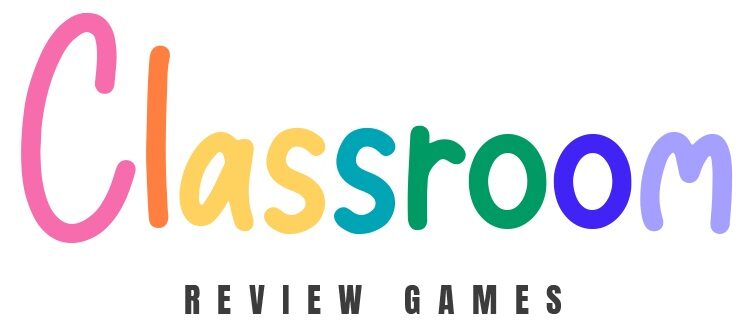Positive vs. Negative Reinforcement in the Classroom
Positive and negative reinforcement are two key concepts in the field of behavioral psychology, particularly within the framework of operant conditioning, a theory proposed by B.F. Skinner. Both are used to increase the likelihood of a behavior occurring again in the future, but they do so in different ways.
Positive Reinforcement
Positive reinforcement techniques involve adding something desirable to increase a behavior in the classroom. When a rewarding stimulus follows a behavior, it becomes more likely to be repeated in the future. The “positive” aspect refers to adding a positive stimulus following a desired behavior.
Example: If a student answers a question correctly in class and the teacher gives praise or a reward (like a sticker), the student is more likely to participate again. The praise or sticker is a positive reinforcement because it is a pleasant outcome that follows the desired behavior, encouraging the student to repeat the behavior.
Negative Reinforcement
Negative reinforcement involves removing something undesirable to increase a behavior. It strengthens a behavior because a negative condition is stopped or avoided as a consequence of the behavior. The “negative” aspect refers to the removal of an aversive stimulus.
Example: Suppose a student dislikes a particular assignment, and the teacher decides that if the student participates actively in class discussions, they won’t have to complete the assignment. The removal of the disliked assignment is a negative reinforcement for the student’s participation because it removes an unpleasant experience, encouraging the student to repeat the participating behavior to avoid similar assignments in the future.
Some people mix up negative reinforcement and punishment, but they’re not the same. Negative reinforcement means removing something to make a certain action happen more often, whereas punishment means taking something away to make an action happen less often.
Key Differences
- Addition vs. Removal: Positive reinforcement adds a pleasant stimulus, while negative reinforcement removes an unpleasant stimulus.
- Outcome: Both aim to increase the likelihood of a behavior being repeated, but they do so by altering different types of stimuli in relation to the behavior.
- Perception: Positive reinforcement is often perceived more favorably since it involves receiving something desirable. Negative reinforcement can be misunderstood as punishment, but it’s important to note that it is not about presenting an aversive outcome; rather, it’s about removing or avoiding an undesirable situation to reinforce a behavior.
These examples of positive reinforcement demonstrate how teachers can creatively encourage and acknowledge good behavior in their students, making the classroom a more positive and supportive learning environment.
